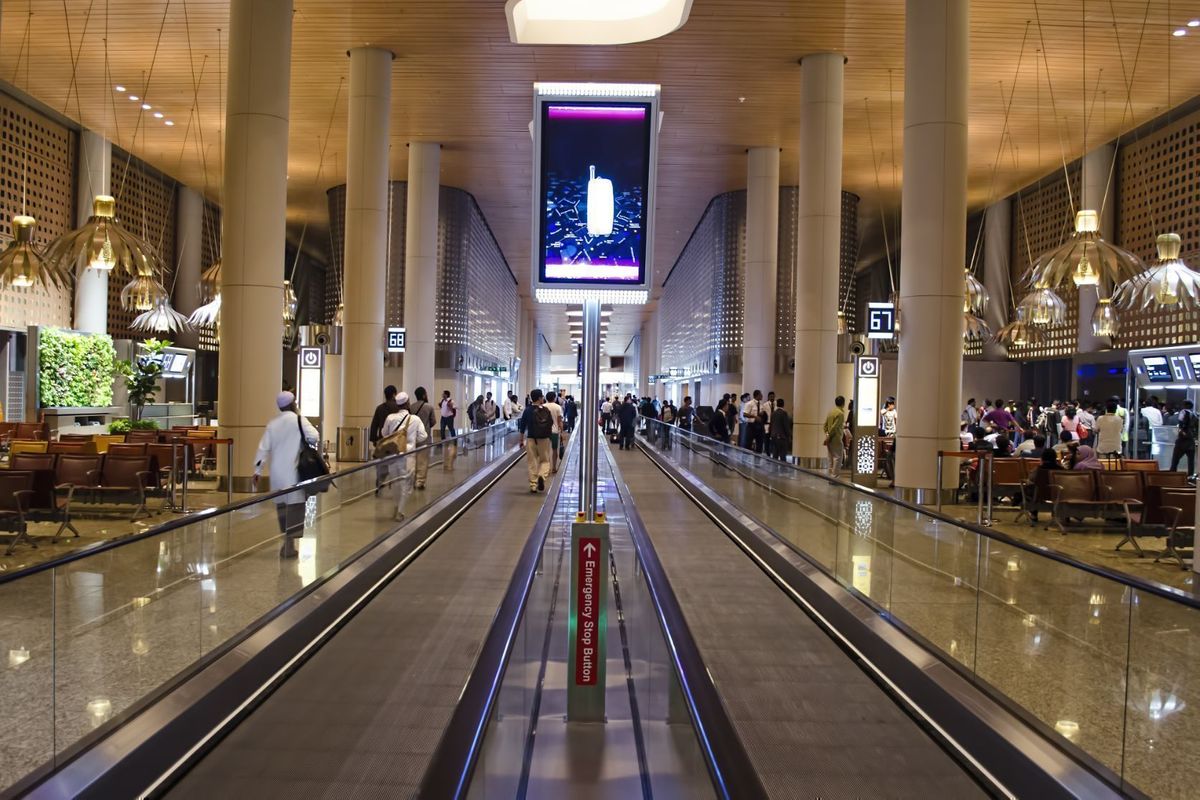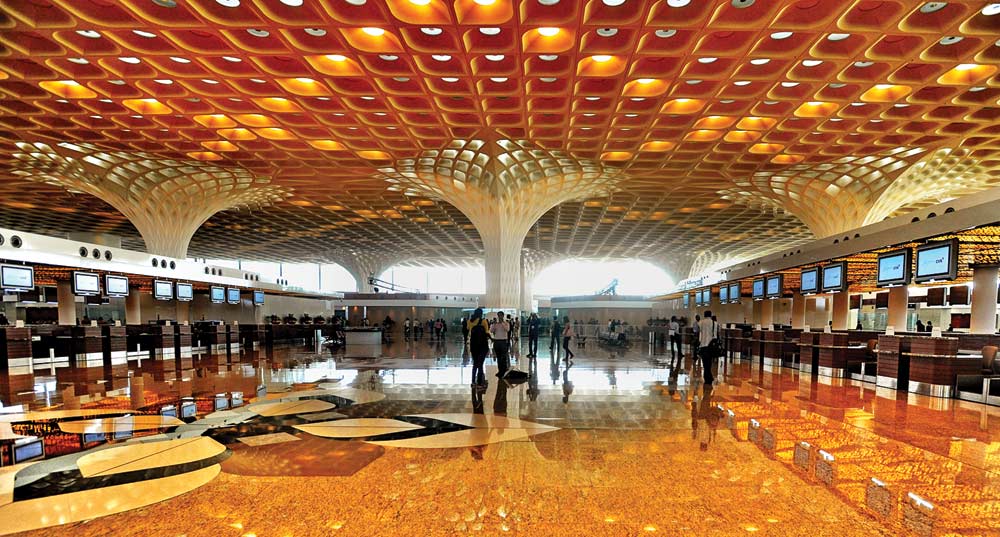Mumbai’s Chhatrapati Shivaji Maharaj International Airport (BOM) stands as India’s second-busiest airport and is renowned as one of the world’s busiest single-runway airports, hosting over 51 million passengers last year.
Despite not being the capital, Mumbai holds the title of India’s financial hub, attracting airlines from Europe, the Middle East, Asia, and Africa, alongside prominent Indian carriers like Air India, IndiGo, Vistara, and SpiceJet. Notable international airlines, including Virgin Atlantic, Air France, Ethiopian Airlines, Singapore Airlines, Air Canada, and Air Mauritius, also serve the airport.

Operational activities at Mumbai Airport are split between two terminals. However, due to the lack of connectivity between them, transfers can be time-consuming.
To connect smoothly, passengers typically need a minimum of one hour, assuming they already have their boarding passes and their luggage checked through. However, it’s prudent to allocate at least two hours to account for potential delays or security queues, especially during peak hours when Mumbai’s airspace experiences congestion.
For passengers with checked-through luggage, the process is relatively straightforward. Upon arrival, they should proceed to the international transfer area, clear security, and proceed to Terminal 2’s departure lounge.
However, for passengers with separate tickets or unchecked luggage, such as those transitioning between international and domestic flights, the process involves clearing immigration, collecting luggage, passing through customs, and checking in for the next flight. This landside transfer can be time-consuming, so allocating three hours or more is advisable.
In 2022, Mumbai Airport introduced a dedicated domestic transfer facility, simplifying the process for passengers connecting domestically. The airport comprises two terminals: Terminal 1 (T1) exclusively for domestic flights and Terminal 2 (T2) for a mix of domestic and international flights.
While low-cost carriers like IndiGo primarily use T1 for domestic flights and full-service airlines like Air India and Vistara operate from T2, some IndiGo domestic flights now depart from T2. Hence, passengers should verify their terminal information on their tickets before connecting.

For travelers with some spare time between flights, Mumbai Airport’s Terminal 2 offers a range of experiences to explore. Reopened in 2014 after extensive renovations, the terminal boasts modern architecture and spacious interiors.
With ample options for shopping, dining, and relaxation, Terminal 2 provides all the amenities expected from a major international gateway. The terminal’s expansion has significantly increased the number of check-in desks and airbridges, contributing to Mumbai Airport’s growth in recent years.
Like many airports worldwide, Mumbai Airport faced a substantial decline in passenger traffic during the pandemic’s peak. Stringent restrictions on international arrivals in India further impacted airport operations.
However, with the country reopening its borders for general traffic in March 2022, there has been a surge in passenger numbers driven by pent-up demand. As a result, Mumbai Airport is once again bustling with activity, serving both international and domestic travelers. Given Mumbai’s significance as a city and economic hub, the airport is expected to continue growing in the future.
In 2018, Mumbai Airport surpassed London Gatwick Airport to become the busiest single-runway airport globally, a title the two airports have been contesting since then. However, in 2023, Mumbai Airport saw a notable lead with 51 million passengers compared to London Gatwick Airport’s nearly 41 million passengers.
Despite this, London Gatwick Airport has plans for new and resumed services in the coming year, potentially challenging Mumbai Airport’s status. These upcoming services include routes to Beijing, Ponta Delgada, Bangkok, and Singapore operated by various airlines. Whether this will tip the scales back in favor of London Gatwick remains to be seen.

